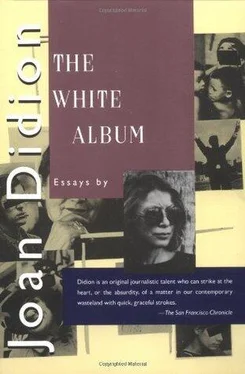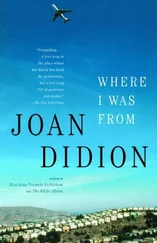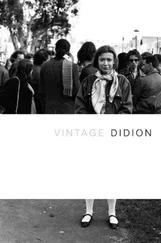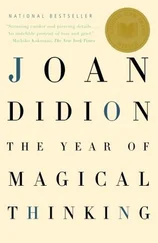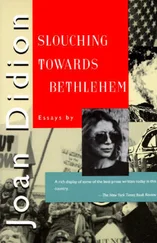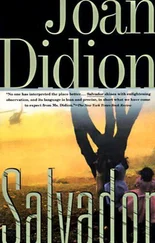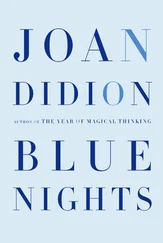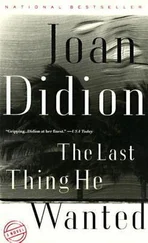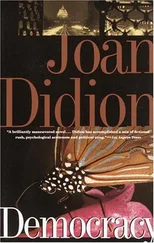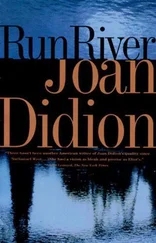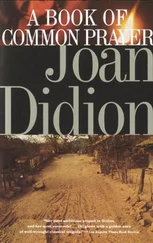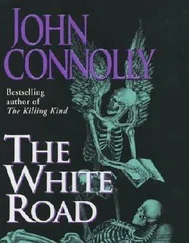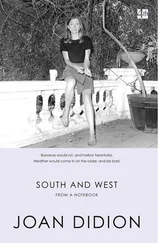“Something we should stress at this press conference is who owns the media.”
“You don’t think it’s common knowledge that the papers represent corporate interests?” a realist among them interjected doubtfully.
“I don’t think it’s understood!’
206
TTwo hours and several dozen hand votes later, the group had selected four members to tell the press who owned the media, had decided to appear en masse at an opposition press conference, and had debated various slogans for the next day’s demonstration. “Let’s see, first we have ‘Hearst Tells It Like It Ain’t,’ then ‘Stop Press Distortion’—that’s the one there was some political controversy about….”
And, before they broke up, they had listened to a student who had driven up for the day from the College of San Mateo, a junior college down the peninsula from San Francisco. “I came up here today with some Third World students to tell you that we’re with you, and we hope you’ll be with us when we try to pull off a strike next week, because we’re really into it, we carry our motorcycle helmets all the time, can’t think, can’t go to class.”
He had paused. He was a nice-looking boy, and fired with his task. I considered the tender melancholy of life in San Mateo, which is one of the richest counties per capita in the United States of America, and I considered whether or not the Wichita Lineman and the petals on the wet black bough represented the aimlessness of the bourgeoisie, and I considered the illusion of aim to be gained by holding a press conference, the only problem with press conferences being that the press asked questions. “I’m here to tell you that at College of San Mateo we’re living like revolutionaries” the boy said then.
10
We put “Lay Lady Lay” on the record player, and “Suzanne.” We went down to Melrose Avenue to see the Flying Burritos. There was a jasmine vine grown over the verandah of the big house on Franklin Avenue, and in the evenings the smell of jasmine came in through all the open doors and windows. I made bouillabaisse for people who did not eat meat. I imagined that my own life was simple and sweet, and sometimes it was, but there were odd things going around town. There were rumors. There were stories. Everything was unmentionable but nothing was unimaginable. This mystical flirtation with the idea of “sin”—this sense that it was possible to go “too far,” and that many people were doing it — was very much with us in Los Angeles in 1968 and 1969.
A demented and seductive vortical tension was building in tne community. The jitters were setting in. I recall a time when the dogs barked every night and the moon was always full. On August 9,1969,1 was sitting in the shallow end of my sister-in-law’s swimming pool in Beverly Hills when she received a telephone call from a friend who had just heard about the murders at Sharon Tate Polanski’s house on Cielo Drive. The phone rang many times during the next hour. These early reports were garbled and contradictory. One caller would say hoods, the next would say chains. There were twenty dead, no, twelve, ten, eighteen. Black masses were imagined, and bad trips blamed. I remember all of the day’s misinformation very clearly, and I also remember this, and wish I did not: I remember that no one was surprised.
11
When I first met Linda Kasabian in the summer of 1970 she was wearing her hair parted neatly in the middle, no makeup, Elizabeth Arden “Blue Grass” perfume, and the unpressed blue uniform issued to inmates at the Sybil Brand Institute for Women in Los Angeles. She was at Sybil Brand in protective custody, waiting out the time until she could testify about the murders of Sharon Tate Polanski, Abigail Folger, Jay Sebring, Voytek Frykowski, Steven Parent, and Rosemary and Leno LaBianca, and, with her lawyer, Gary Fleischman, I spent a number of evenings talking to her there. Of these evenings I remember mainly my dread at entering the prison, at leaving for even an hour the infinite possibilities I suddenly perceived in the summer twilight. I remember driving downtown on the Hollywood Freeway in Gary Fleischman’s Cadillac convertible with the top down. I remember watching a rabbit graze on the grass by the gate as Gary Fleischman signed the prison register. Each of the half-dozen doors that locked behind us as we entered Sybil Brand was a little death, and I would emerge after the interview like Persephone from the underworld, euphoric, elated. Once home I would have two drinks and make myself a hamburger and eat it ravenously.
“Dig it,” Gary Fleischman was always saying. One night when we were driving back to Hollywood from Sybil Brand in the Cadillac convertible with the top down he demanded that I tell him the population of India. I said that I did not know the population of India. “Take a guess,” he prompted. I made a guess, absurdly low, and he was disgusted. He had asked the same question of his niece (“a college girl”), of Linda, and now of me, and none of us had known. It seemed to confirm some idea he had of women, their essential ineducability, their similarity under the skin. Gary Fleischman was someone of a type I met only rarely, a comic realist in a porkpie hat, a business traveler on the far frontiers of the period, a man who knew his way around the courthouse and Sybil Brand and remained cheerful, even jaunty, in the face of the awesome and impenetrable mystery at the center of what he called “the case.” In fact we never talked about “the case,” and referred to its central events only as “Cielo Drive” and “LaBianca.” We talked instead about Linda’s childhood pastimes and disappointments, her high-school romances and her concern for her children. This particular juxtaposition of the spoken and the unspeakable was eerie and unsettling, and made my notebook a litany of little ironies so obvious as to be of interest only to dedicated absurdists. An example: Linda dreamed of opening a combination restaurant-boutique and pet shop.
12
Certain organic disorders of the central nervous system are characterized by periodic remissions, the apparent complete recovery of the afflicted nerves. What happens appears to be this: as the lining of a nerve becomes inflamed and hardens into scar tissue, thereby blocking the passage of neural impulses, the nervous system gradually changes its circuitry, finds other, unaffected nerves to carry the same messages. During the years when I found it necessary to revise the circuitry of my mind I discovered that I was no longer interested in whether the woman on the ledge outside the window on the sixteenth floor jumped or did not jump, or in why. I was interested only in the picture of her in my mind: her hair incandescent in the floodlights, her bare toes curled inward on the stone ledge.
In this light all narrative was sentimental. In this light all connections were equally meaningful, and equally senseless. Try these: on the morning of John Kennedy’s death in 1963 I was buying, at Ransohoff’s in San Francisco, a short silk dress in which to be married. A few years later this dress of mine was ruined when, at a dinner party in Bel-Air, Roman Polanski accidentally spilled a glass of red wine on it. Sharon Tate was also a guest at this party, although she and Roman Polanski were not yet married. On July 27,1970,1 went to the Magnin-Hi Shop on the third floor of I. Magnin in Beverly Hills and picked out, at Linda Kasabian’s request, the dress in which she began her testimony about the murders at Sharon Tate Polanski’s house on Cielo Drive. “Size 9 Petite,” her instructions read. “Mini but not extremely mini. In velvet if possible. Emerald green or gold. Or: A Mexican peasant-style dress, smocked or embroidered.” She needed a dress that morning because the district attorney,Vincent Bugliosi, had expressed doubts about the dress she had planned to wear, a long white homespun shift. “Long is for evening,” he had advised Linda. Long was for evening and white was for brides. At her own wedding in 1965 Linda Kasabian had worn a white brocade suit. Time passed, times changed. Everything was to teach us something. At 11:20 on that July morning in 1970 I delivered the dress in which she would testify to Gary Fleischman, who was waiting in front of his office on Rodeo Drive in Beverly Hills. He was wearing his porkpie hat and he was standing with Linda’s second husband, Bob Kasabian, and their friend Charlie Melton, both of whom were wearing long white robes. Long was for Bob and Charlie, the dress in the I. Magnin box was for Linda. The three of them took the I. Magnin box and got into Gary Fleischman’s Cadillac convertible with the top down and drove off in the sunlight toward the freeway downtown, waving back at me. I believe this to be an authentically senseless chain of correspondences, but in the jingle-jangle morning of that summer it made as much sense as anything else did.
Читать дальше
